“So, there I was, diving under Mario into the brake zone heading toward the Corkscrew at Laguna. Tucking into the apex, dropping over the crest and down the hill, asking everything of the 900 horsepower from the Cosworth-Ford just behind my head, I felt my stomach drop. A tiny crack of the throttle to turn into 9, grunting as the heavy g-loads squashed my body to the side of the cockpit through Turn 10. Then, a hard brake, turn, and squirt out of 11. I hurtled toward the checkered flag. That’s how I beat Mario and won my first IndyCar race.”
Okay, that’s total B.S. Or, as we racers like to call it, “bench racing.”
That’s just one of the reasons we love to go to the race track: to give us the foundation for our lies!
All kidding aside, most bench racing stories have a kernel of truth. And most are derived from an experience at the track. While some stories may be far-fetched (like the aforementioned pass on Mario) others may be treasured memories or hilarious “remember whens.” To cultivate these moments, we clear our schedules, pack our rigs, and invest the time traveling to race tracks.
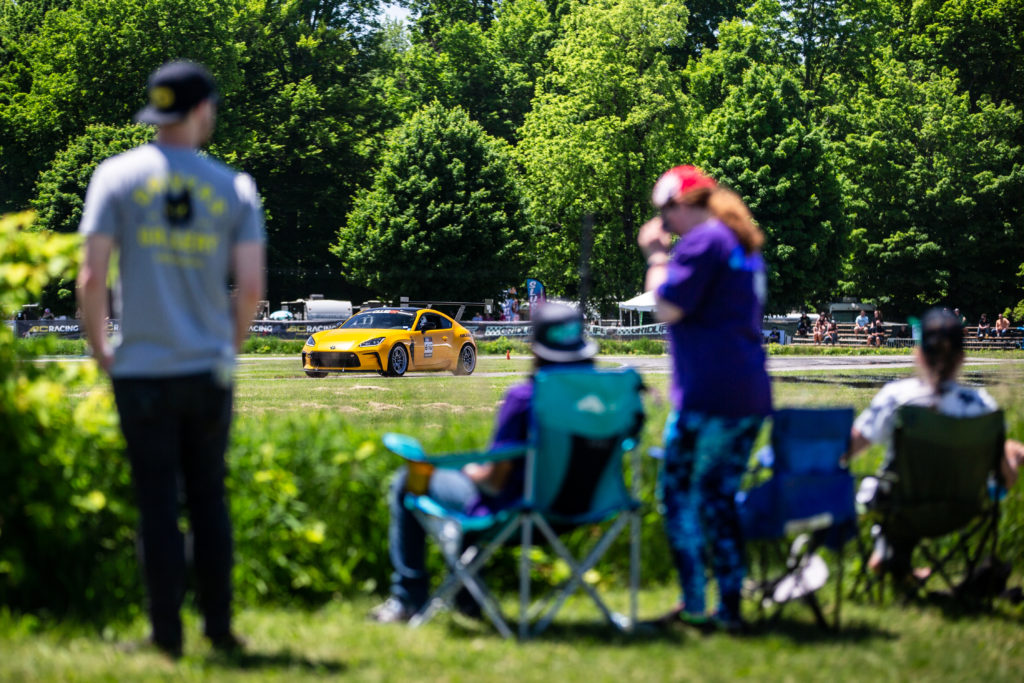
It’s what happens at the track that makes our time there so irresistible. Going to a race track is the ultimate form of escape. I’ve gone to race tracks many times after a troubling life experience. Once I stepped foot inside the gate, it was like all of my stresses melted away. The facility is like a fortress, and once you’ve been given the secret password to enter, nothing else matters; there’s nothing else going on in the outside world.
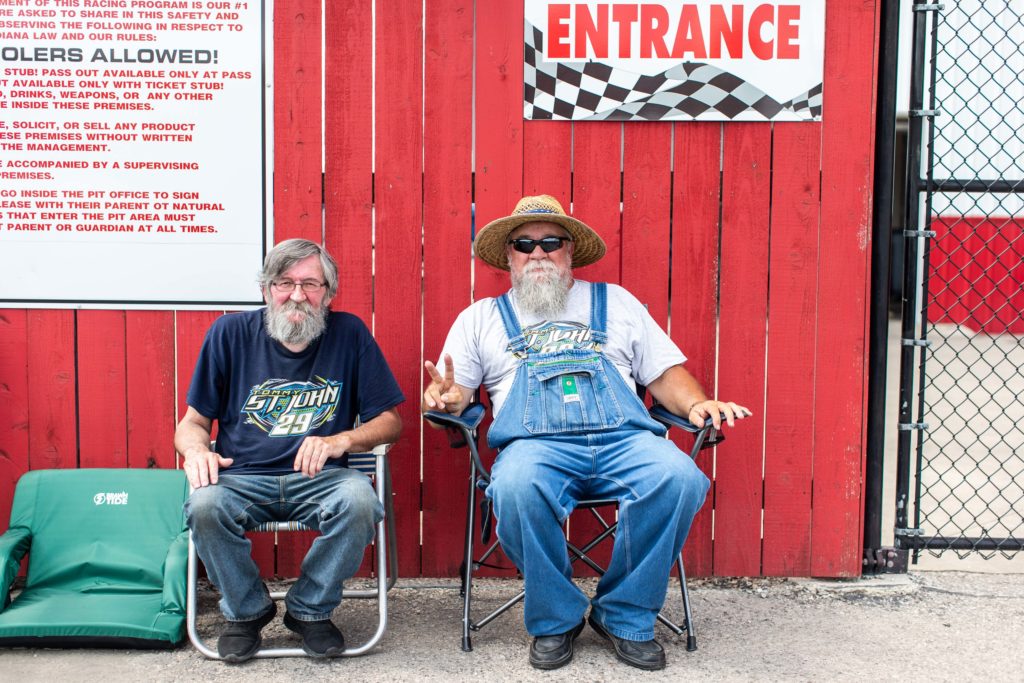
I’m not alone in this experience. Ask anyone at a race track why they’re there, and you’ll hear a similar sentiment to my own. Race tracks are a sanctuary for most people in the paddock and provide time to get away from it all. They’re the most relaxing, trouble-free places in the world. As you, dear motorsports enthusiast, probably know, this is tough to explain to people who have not experienced a day at the track. They can only imagine being white-knuckled on the steering wheel and battling back their fears, sweat pouring down the back of their necks. (If they’ve watched Hollywood’s attempts at racing movies, they also know that they can push the gas pedal down further and shift to higher gears at any time to go faster. Ford vs Ferrari I’m looking at you.)
Also, our happy place is the race track because, well … it has cars.
A mental video in my head of red, blue, black, and yellow cars circling a track is as strong today as it was that night I went to my first oval race with my dad at five years old. The sound of all those small-block V8s revved to their max was music to my ears. I can still feel the vibration in my rib cage. Goose bumps. Oh, and the smell! The concentration of burnt hydrocarbons wafting up into the wooden grandstands and mixing with the cured-sausage scent of hot dogs added to the unforgettable experience.
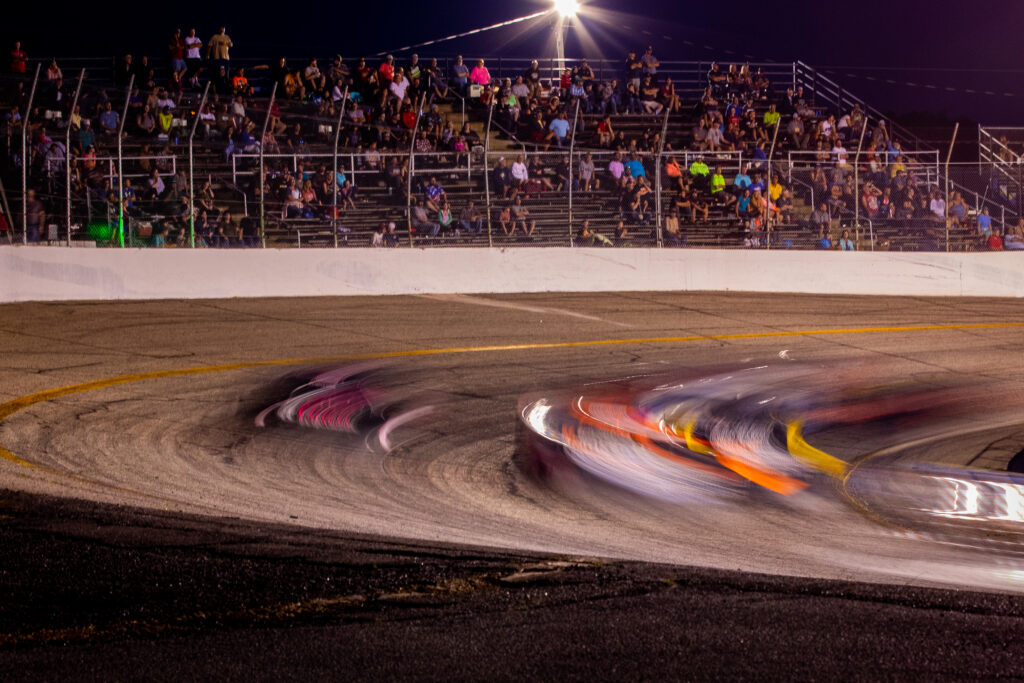
A race track with no cars wouldn’t be the same. How do I know? For a number of years, I ran a high-performance and race driving school, and that meant getting to the track very early in the morning to get ready for the day’s training before the participants arrived in their cars. While the peace and quiet of an empty track has its own unique appeal, it’s not the same as a track packed with mean machines.
Indeed, cars are the centerpiece. You need something to talk about, look at, and listen to. I love when you have to raise your voice to have a conversation, competing with the symphony of sounds from a field of eclectic cars. Or, feeling the heat from a recently-driven car. Or, feeling the heavy thumps in your chest as high-revving engines blast past. Or, the smell of Redline Oil, fried hamburger meat, and melting rubber.
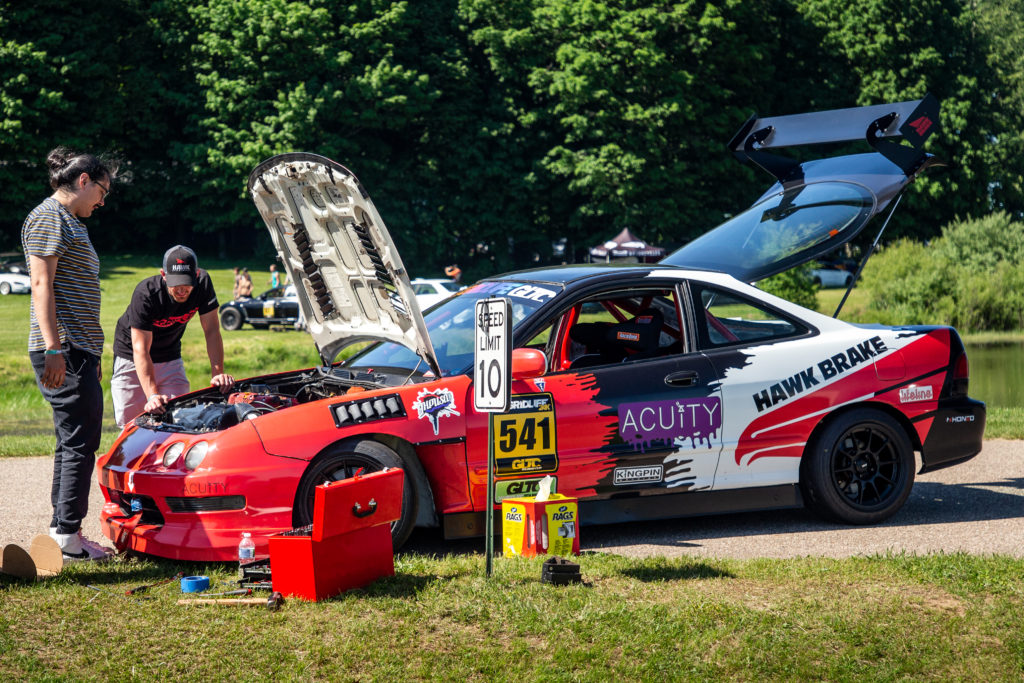
For most folks, driving into the paddock at a race track is followed by a series of waves to friends, then plenty of handshakes, first bumps, and hugs. It’s where we go to be with our social circle, our fellow track rats, and our extended family. We’re attracted to fellow gearheads like magnets. As luck would have it, plenty of gearheads hang out at race tracks. We congregate with our comrades.
Of course, there’s the driving. I would argue the best part of going to a track is putting actual rubber to the road.
And not just any type of driving. We’re talking high-performance driving—the kind that requires more skill and technique than the average motorist on the road can even imagine. The approach to just one corner, driving through it, and the exit onto the following straightaway uses more mental and physical power than most people use in a year of driving on the road. And that’s just in one corner!
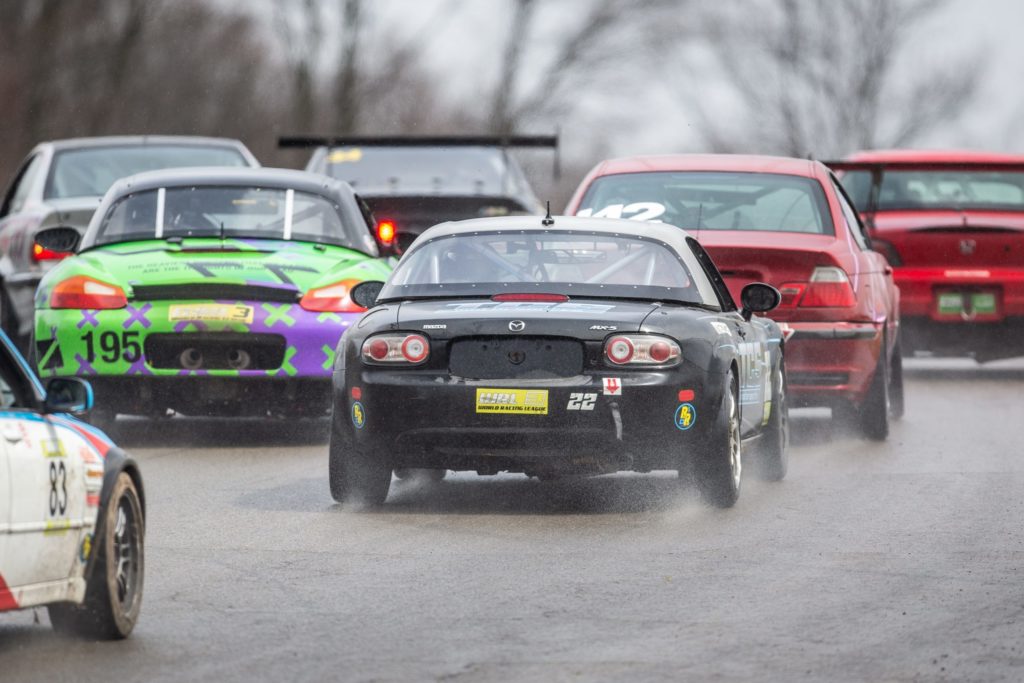
Add to that the fine edge on which high-performance driving balances: on one side of it are spins, crashes, and other undesirables; on the other side is something even worse: going slow. Just how thick that edge is depends on our current level of experience and expertise. The very best drivers make a razor’s edge look like the thickness of the spine of a book, as they balance their car, skills, and techniques without a hint of a cut. For most drivers, though, it’s somewhere in between, and we’re constantly trying to sharpen it.
Improvement requires total focus, and it only happens at the race track. What happened at home, at the office, on the way to the track, or anywhere else doesn’t matter. It’s the combination of challenge, constant learning, flirting with, and managing the risk-reward scale. All the while, we get to enjoy the pure thrill speed—the landscape passing us by faster than ever.
And now, you must excuse me, I’m off to the race track.
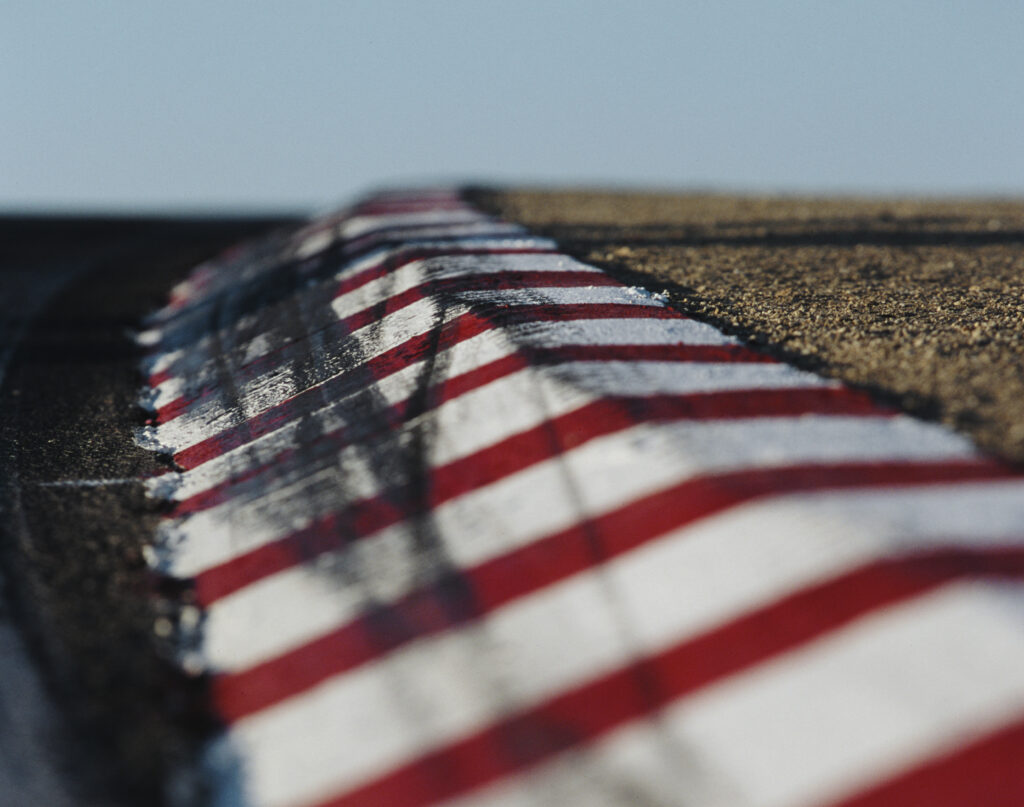
WeatherTech Raceway Laguna Seca (Photo by Jon Ferrey/Getty Images)


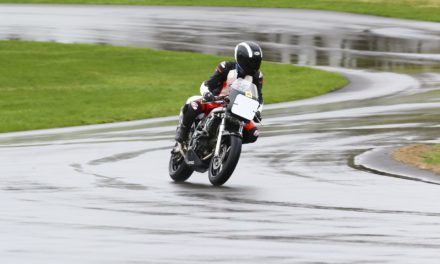

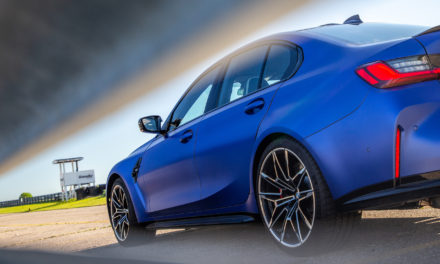
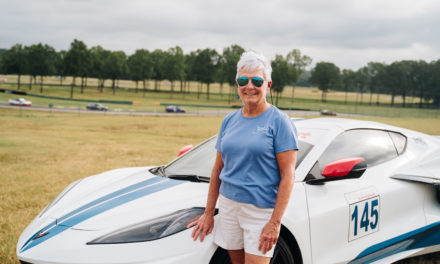

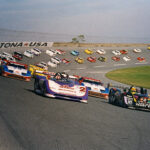
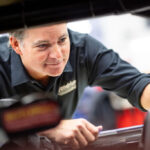
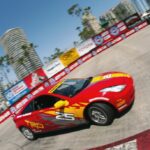
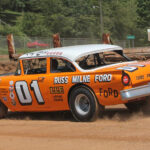
Great article, Ross! I’ve struggled to put into words why I enjoy any chance I get to spend time at a race track, even though I’m not actually racing. There’s just something about it, and you just did a great job describing it.Than k you!